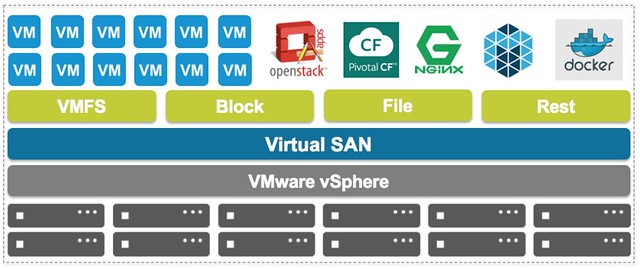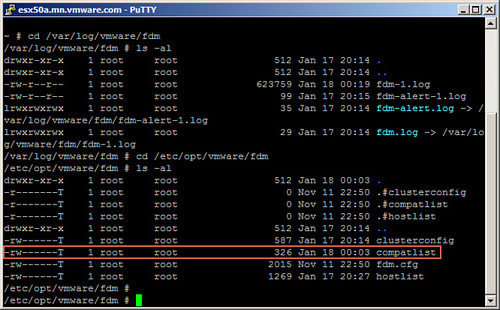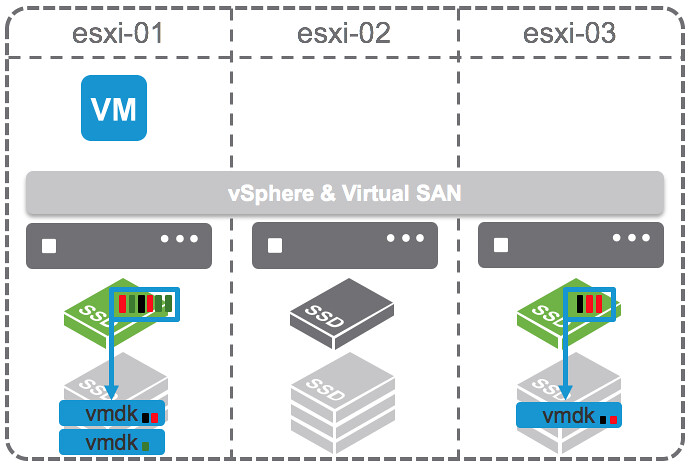 Over the last couple of months I’ve been talking to a lot of VSAN customers. A while ago I had a very interesting use case with a deployment on an Oil Platform. This time it is a more traditional deployment: I had the pleasure of talking to James Cruickshank who works for Sky. Sky is Europe’s leading entertainment company, serving 21 million customers across five countries: Italy, Germany, Austria, the UK and Ireland.
Over the last couple of months I’ve been talking to a lot of VSAN customers. A while ago I had a very interesting use case with a deployment on an Oil Platform. This time it is a more traditional deployment: I had the pleasure of talking to James Cruickshank who works for Sky. Sky is Europe’s leading entertainment company, serving 21 million customers across five countries: Italy, Germany, Austria, the UK and Ireland.
James is part of Sky’s virtualisation group which primarily focusses on new technologies. In short, the team figures out if a technology will benefit Sky, how it works, how to implement it and how to support it. He documents all of his findings then develops and delivers the solution to the operations team.
One of the new products that James is working with is Virtual SAN. The project started in March and Sky has a handful of VSAN ready clusters in each of its strategic data centres. These clusters currently have ESXi 5.5 hosts with one 400GB SSD and 4 x 4TB NL-SAS drives all connected over 10GbE, a significant amount of capacity per host. The main reason for that is that there is a requirement for Sky to run with FTT=2 (for those who don’t know, this means that a 1TB disk will consume ~3TB). James anticipates VSAN 6 will be deployed with a view to deliver production workloads in Q1 2016.
We started talking about the workloads Sky had running and what some of the challenges were for James. I figured that, considering the size of the organisation and the number of workloads it has, getting all the details must not have been easy. James confirmed that it was difficult to get an understanding of the IO profile and that he spent a lot of time developing representative workloads. James mentioned that when he started his trial the VSAN Assessment Tool wasn’t available yet, and that it would have saved him a lot of time.
So what is Sky running? For now mainly test/dev workloads. These clusters are used by developers for short term usage, to test what they are building and trash the environment, all of which is enabled through vRealize Automation. Request a VM or multiple, deploy on VSAN cluster and done. So far in Sky’s deployment all key stakeholders are pleased with the technology as it is fast and responsive, and for the ops team in particular it is very easy to manage.
James mentioned that recently he has been testing both VSAN 5.5 and 6.0. He was so surprised about the performance increase that he re-ran his test multiple times, then had his colleagues do the same, while others reviewed the maths and the testing methodology. Each time they came to the same conclusion; there was an increase in excess of 60% performance between 5.5 and 6.0 (using a “real-world” IO profile), an amazing result.
Last question for me was around some of the challenges James faced. The first thing he said was that he felt the technology was fantastic. There were new considerations around the design/sizing of their VSAN hosts, the increased dependency on TCP/IP networks and the additional responsibilities for storage placed within the virtualisation operations team. There were also some minor technical challenges, but these were primarily from an operational perspective, and with vSphere / VSAN 5.5. In some cases he had to use RVC, which is a great tool, but as it is CLI based it does have a steep learning curve. The HealthCheck plugin has definitely helped a lot with 6.0 to improve this.
Another thing James wanted to call out is that in the current VSAN host design Sky uses an SSD to boot ESXi, as VSAN hosts with more than 512GB RAM cannot boot from SD card. This means the company is sacrificing a disk slot which could have been used for capacity, when it would prefer to use SD for boot if possible to optimise hardware config.
I guess it is safe to say that Sky is pleased with VSAN and in future the company is planning on adopting a “VSAN first” policy for a proportion of their virtual estate. I want to thank Sky, and James in particular, for taking the time to talk to me about his experience with VSAN. It is great to get direct feedback and hear the positive stories from such a large company, and such an experienced engineer.


